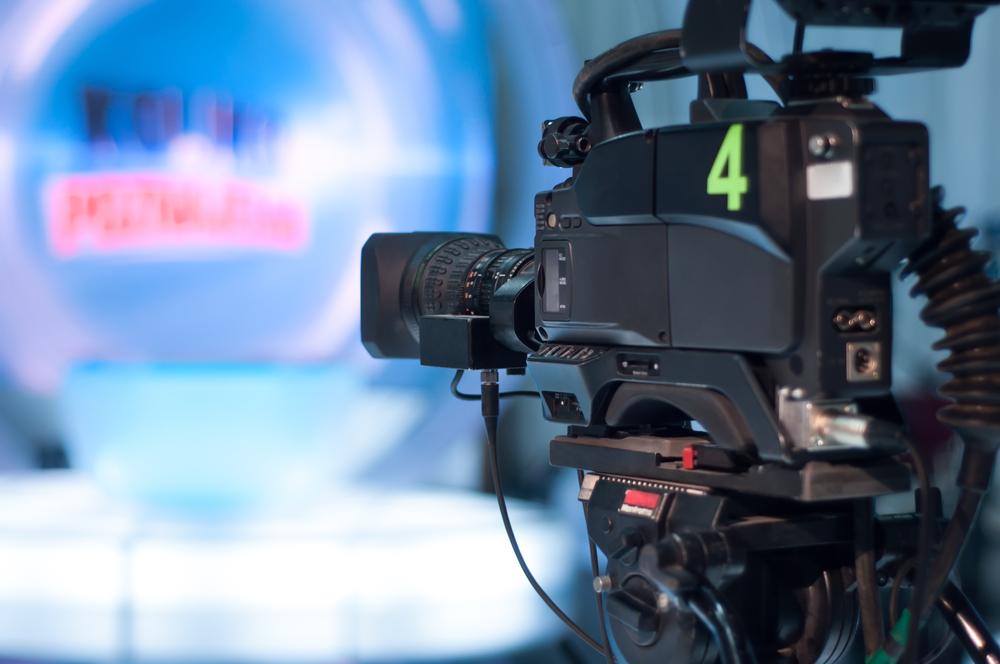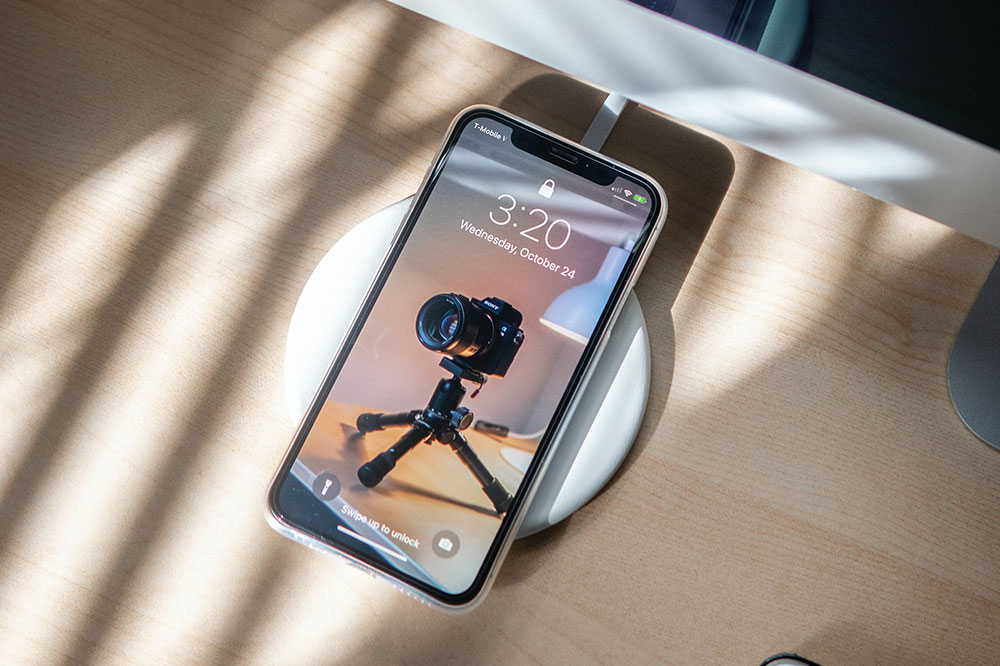Cutting-Edge Innovations Transforming Camera and Camcorder Technologies
The article explores future developments in camera and camcorder technology, highlighting faster shutter speeds, advanced sensors, AI-powered object tracking, and 8K video capabilities. These innovations will significantly enhance image and video quality, making professional-grade content creation accessible to consumers and professionals alike. With lightweight designs, multi-lens smartphone setups, and revolutionary sensor tech, the future of digital imaging promises exciting possibilities across various sectors, transforming how we capture and share moments.

Cutting-Edge Innovations Transforming Camera and Camcorder Technologies
The landscape of digital imaging is experiencing an unprecedented wave of technological advancements that are reshaping how we capture moments. As the electronics industry accelerates these innovations, future cameras and camcorders are set to redefine quality, speed, and versatility. These developments are not only enhancing professional photography and videography but also democratizing high-quality imaging for everyday consumers. From lightning-fast shutter speeds and voice-activated controls to groundbreaking sensor technologies, the future of imaging devices promises a dynamic evolution that will change the way we create and share visuals.
One of the most anticipated features in upcoming cameras is ultra-rapid shutter speed capabilities. This will enable photographers and videographers to instantly capture crucial moments without lag, crucial for sports, wildlife, and action photography. Coupled with voice-controlled shooting modes, users will enjoy a hands-free experience, making photography more accessible and intuitive. Smart voice commands will allow users to operate their devices seamlessly, improving efficiency especially in challenging environments where manual controls are difficult.
Smartphone photography is undergoing significant transformations. Modern smartphones are slated for major upgrades, transitioning into powerful miniature imaging studios. Enhancements include larger sensors, optics with better light intake, and advanced image processing algorithms to produce professional-quality images. Furthermore, smartphones will feature multi-lens setups—such as ultra-wide, telephoto, macro, and depth sensors—that work collaboratively to offer versatile shooting options comparable to professional cameras. Software innovations, such as AI-based scene recognition and scene optimization, will further elevate mobile photography quality to professional levels.
Traditional Digital Single-Lens Reflex (DSLR) cameras are also evolving, becoming sleeker, more lightweight, yet more powerful. Manufacturers are focusing on increasing higher-resolution sensors—some models will reach up to 250-megapixels—ensuring detailed, crystal-clear images even from long-distance shots. Battery technology is another focus area; future DSLR models are expected to feature longer-lasting, possibly infinite power options, reducing the need for frequent recharging and enabling extended shooting sessions. This will be especially valuable for professional photographers working in remote locations or on lengthy projects.
Video technology is advancing rapidly, with camcorders now capable of recording in revolutionary resolutions and frame rates. 8K video recording at 60fps is expected to become standard, offering filmmakers and content creators the ability to produce stunning, hyper-realistic footage. The enhancement of video clarity, dynamic range, and stabilization systems provides a cinema-quality experience in handheld devices. Innovations like high-resolution sensors—some boasting 250-megapixels—will allow detailed filming of distant and intricate scenes, making professional-grade video capture more accessible than ever.
Emerging object-tracking systems integrated with AI are making focus and motion tracking more precise. This technology helps in capturing moving subjects effortlessly, essential in dynamic sports and wildlife filming. Additionally, light field camera technology is gaining traction; these cameras allow users to refocus images after capturing, providing creative flexibility and enabling stunning post-production edits.
The future of imaging devices will also see an increase in multi-camera setups and software-driven enhancements. Smartphone manufacturers are increasingly integrating multiple lenses and sophisticated image processing algorithms, rivals to professional equipment. This integration will enable cinematic-quality video and ultra-high-resolution photography using compact devices. Furthermore, developments in computational photography—where software enhances hardware capabilities—will continue to blur the lines between professional and consumer-grade cameras, providing everyone with tools to produce high-quality content.
Overall, the convergence of hardware advances and software innovations is set to revolutionize camera and camcorder technology. These improvements will not only enhance image and video quality but also expand the creative possibilities for amateurs and professionals alike. As these devices become more intelligent, faster, and more versatile, we can expect a transformational impact across various sectors—media, entertainment, education, and even social media—where visual content plays a pivotal role.





